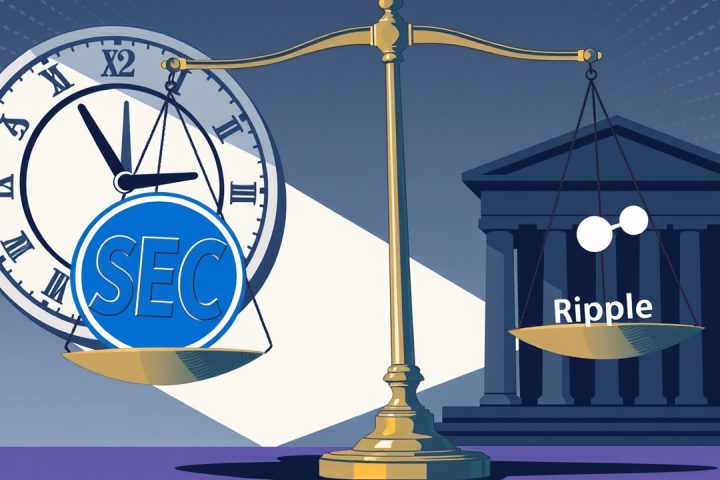Introduction of RLUSD
In a significant move for institutional finance, Ripple has introduced RLUSD, a stablecoin that aims to lead the market in compliance, transparency, and interoperability. On September 16, Jack McDonald, the Senior Vice President focused on stablecoins at Ripple, shared insights regarding RLUSD, highlighting its innovative design tailored to meet stringent regulatory requirements. Each RLUSD token is securely backed on a 1:1 basis by reserves held in U.S. banks, all under the regulatory supervision of the New York Department of Financial Services.
Technical Features and Market Position
The unique structure of RLUSD allows it to be issued on both the XRP Ledger and Ethereum networks, enhancing its capacity for efficient cross-border transactions. McDonald noted that as regulatory frameworks evolve and technological infrastructure develops, an increasing number of companies are considering the issuance of their own stablecoins.
McDonald stressed RLUSD’s distinct purpose in the marketplace, noting that it avoids the limitations faced by many traditional stablecoins that often operate within isolated ecosystems. Instead, the architecture of RLUSD promotes seamless interaction across various networks, fostering liquidity and portability—essential elements for any token aspiring to integrate into the global financial landscape.
Strategic Vision and Regulatory Considerations
“In this new era, stablecoins are evolving beyond mere disruptors of traditional financial systems, transforming into strategic tools that organizations can leverage to cut costs, enhance user engagement, or create their own payment solutions.”
The launch of RLUSD is part of Ripple’s broader strategy to view stablecoins as core components of a developing digital economy rather than mere promotional endeavors. However, McDonald also expressed caution regarding the potential impact of the Guiding and Establishing National Innovation for U.S. Stablecoins (GENIUS) Act, suggesting that while it may lay the groundwork for stablecoin evolution, the success of these new entities hinges on the integrity of their foundational systems.
Conclusion
Through RLUSD, Ripple aims to exemplify how a stablecoin built with compliance and scalability in mind can facilitate meaningful integration into the global financial ecosystem.




